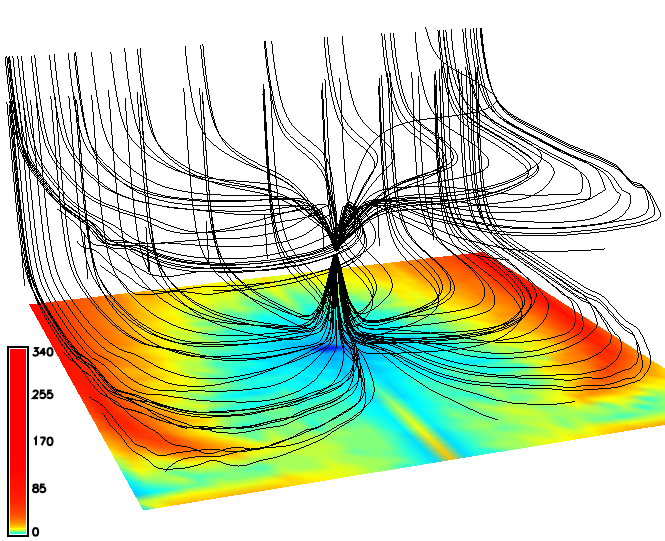
Options include scalebar placement (using screen coordinates or a mouse), scalebar format, and scalebar colors, see d.barscale.Īdds layer to display with legend of selected raster map, see d.legend. Options include: text placement (screen coordinates) and text size, bolding, and color, see d.text.Īdds layer to display a combined scalebar and north arrow. The profile may be of the displayed map or a different map, see Profile Tool help page.ĭisplays histogram of selected raster map or image in new window, see d.histogram.Īdds overlay to map display like barscale, north arrow, text.Īdds layer to display a line of text using default GRASS font (selected with d.font). Profile transect is drawn with the mouse in map display. Interactively create profile of a raster map. Lengths are measured in the current measurement unit, see d.measure. The length of each segment and the cumulative length of all segments measuered is displayed in the command output window frame. Interactive measurement of lengths defined with the mouse. See g.region.Ĭontains functions for distance measurement, creating histogram or profile tool. Zoom to match the extents of a selected map, zoom to match the computational region (set with g.region), zoom to match the extents of a saved region or save the current extents to a named region file, or to set computational region (the mapset's WIND file) to match the current display extents (does not change the resolution). Up to 10 levels of zoom back are maintained, see g.region.Īutomatic zoom settings menu. It does not affect the computational region for other GIS processes, see g.region. Zooming resets the display region extents (both size and location of area displayed). Clicking with the zoom-out cursor causes the display to zoom out by 30%, centered on the point where the mouse is clicked. Drawing a box or just click with the mouse (left button) and zoom-out cursor causes the display to zoom in so that the area displayed shrinks to fill the area defined by the box. Interactive zooming with the mouse in the active display monitor. Clicking with the zoom-in cursor causes the display to zoom in by 30%, centered on the point where the mouse is clicked. Drawing a box or just click with the mouse (left button) and zoom-in cursor causes the display to zoom in so that the area defined by the box fills the display. Panning does not affect the computational region for other GIS processes, see g.region. Panning changes the location of the region displayed but not the size of the area displayed or the resolution. Drag the pan cursor while pressing the left mouse button to pan. Interactive selection of a new center of view in the active display monitor. Requires ghostscript for all output except EPS.
D.LEGEND GRASS GIS PDF
Prints map on the UNIX lpr printer or PostScript device saves visible map display (including PostScript text and labels) to PDF or EPS file. The results of the query will be displayed in the console window, see r.what, v.what.Įxports visible map display to different raster graphic formats. Vector charts and thematic vector maps cannot be queried. Query selected raster, RGB raster (all three map channels will be queried), or vector map(s) using the mouse.

Resets the region to the display resolution and extents and forces re-display and re-rendering all active layers.Įrases the currently selected map display to a white background also removes all frames, see d.erase, d.frame -e. Re-render and display all active layers and zoom to current region Present work is available on GIS icons theme design web page.ĭisplays all active layers from layer tree at current resolution and region extents for that map display window.


 0 kommentar(er)
0 kommentar(er)
